Ever felt the itch to refresh your home decor without breaking the bank? If so, you’re in for a treat! Today, we’re diving into a super fun and simple project: how to make a pillow cover. This DIY pillow cover tutorial not only gives your space a fresh look but also provides a creative outlet for your inner designer.
FAQs: All Your Pillow Cover Questions Answered
That’s what this blog post is all about. Read on to create a pillow cover in 10 minutes, minutes flat!
Choosing the right fabric can make or break your pillow project. Here are some top picks and considerations:
Use: Will your pillow be a decorative piece or endure heavy use? For high-traffic areas, go with durable fabrics like cotton or denim.
Design: Match your fabric to your room’s vibe. Luxe velvet for a sophisticated look, or playful cotton prints for a casual, cozy feel.
Maintenance: Cotton and linen are easy to care for, while velvet and faux leather may require more attention.
To keep it simple, cotton, velvet, wool and linen are all excellent choices. Each brings its own flair and functionality to the table, so pick what suits your style and needs!
Let’s get sizing right! Here’s a handy pillow size chart to guide you:
Standard Pillows: 45×45 cm
Large Throw Pillows: 51×51 cm
Extra Large Pillows: 61×61 cm
Your pillow cover should be the same size as your pillow insert. This ensures a snug, plump look.
Let’s steer clear of these common blunders:
Inaccurate Cutting: Measure twice, cut once. Your future self will thank you for precision.
Using the Same Size as the Insert: Remember, your cover should be the same size as your insert for a fuller appearance.
Uneven Stitching: Keep those stitches straight. Uneven stitching can lead to a lopsided pillow.
Uneven Shrinking: Pre-wash your fabric to prevent surprises after sewing. Shrinking can distort the fit of your cover.
How to Make a Decorative Pillow Cover
Ready to roll up your sleeves? Grab your materials and let’s get crafting.
What You’ll Need
Before we jump into the nitty-gritty of sewing pillow covers, let’s gather our supplies:
- Sewing machine: Your trusty companion for smooth, straight stitches. If you don’t have one, a simple sewing kit will do, but it might be a bit more labour-intensive.
Don’t have a sewing machine? Check out our blog post on how to sew a pillow cover by hand.
- Pillow insert
- Thread: Choose a color that matches your fabric or go bold with a contrasting shade. For a fun twist, consider metallic threads!
- Fabric: Pick something you love. We’ll dive into more detail on fabric choices shortly.
- VELCRO® Brand Sew On Fastener: For an easy closure and a polished finish.
Step-by-Step Guide to Sewing a Pillow Cover Using VELCRO® Brand Product
Time needed: 10 minutes
Whether you’re sprucing up your living room or just looking for a quick sewing craft, learning how to sew a pillow cover can be both satisfying and stylish. Let’s dive into the details and discover just how easy it is to create your own custom pillow covers!
- Measure Your Pillow Form
First things first, grab your pillow form and measure it. In the video example, we’re using a 30×30 cm pillow form. It’s like the pillow’s “size tag,” so make sure you know it well!
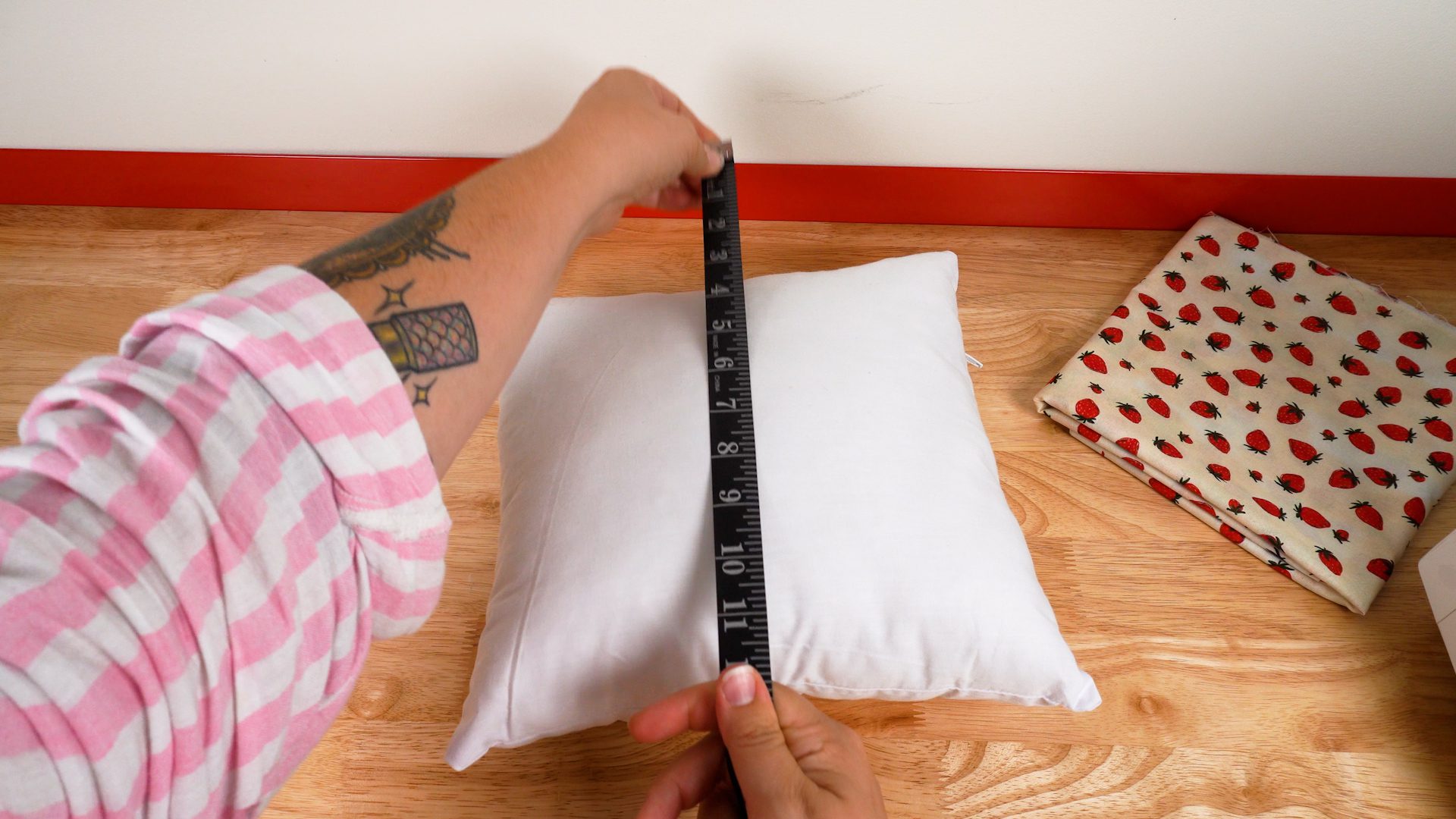
- Cut the Fabric
Cut out a rectangle that’s 2.5 cm wider than your pillow form’s width and 7.5 cm longer than twice the pillow’s height. For our 30×30 cm pillow, that means we need a 32.5×68.5 cm piece of fabric.
Don’t worry, your cover will end up being the same size as your pillow insert once it’s sewn.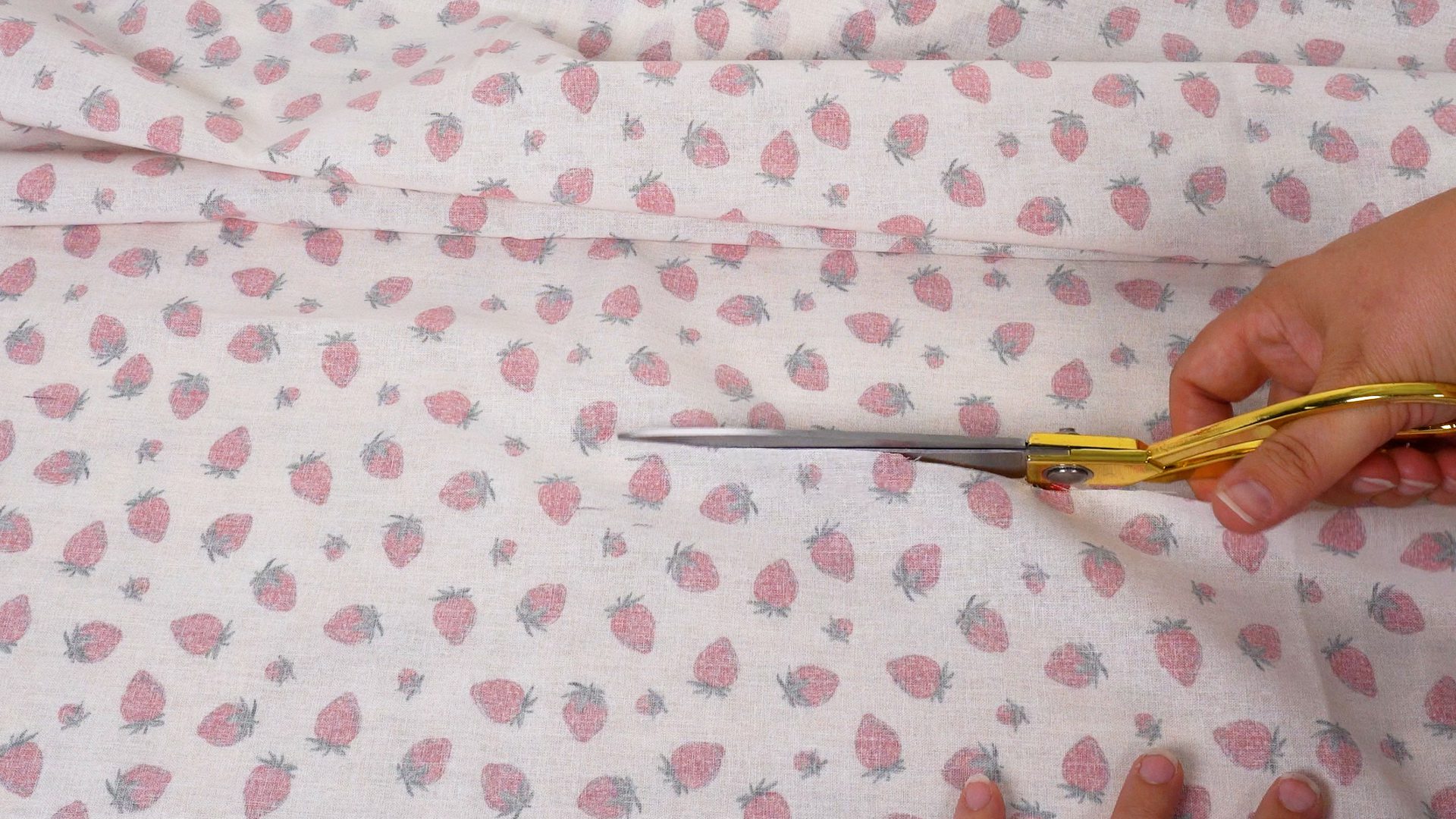
- Iron the Short Seams
Next up, fold the short sides of your fabric in by 2.5 cm and give them a good press with your iron. This is where we make those seams super neat and tidy.
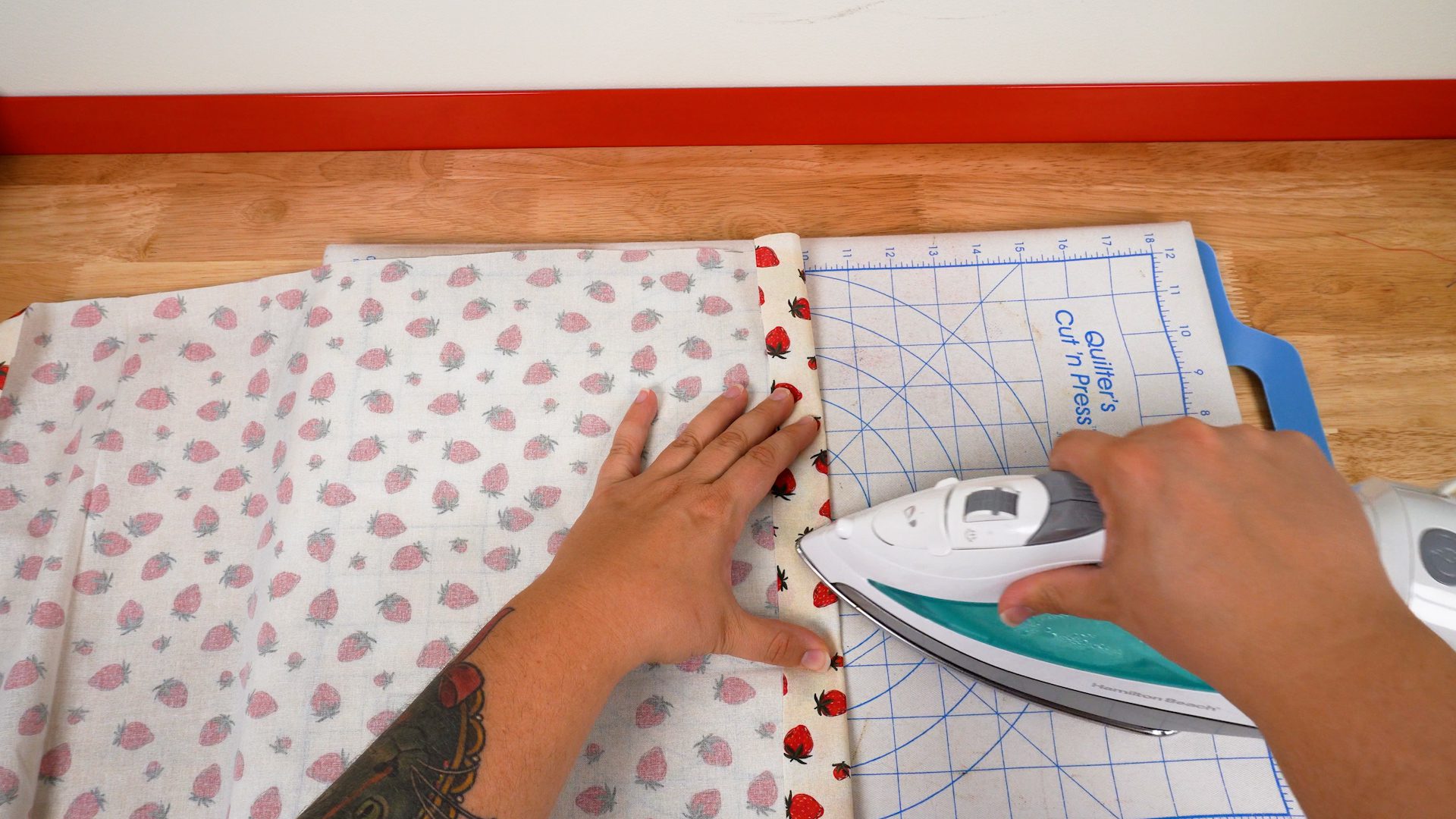
- Cut the VELCRO® Brand Fastener
Grab your VELCRO® Brand Sew On Tape and cut two strips the same width as your pillow form.
- Position the Fastener
Pin one strip of VELCRO® Brand Sew On Fastener to the “wrong” side of the fabric (that’s the side that won’t show) and the other strip to the “right” side (that’s the side you will show).
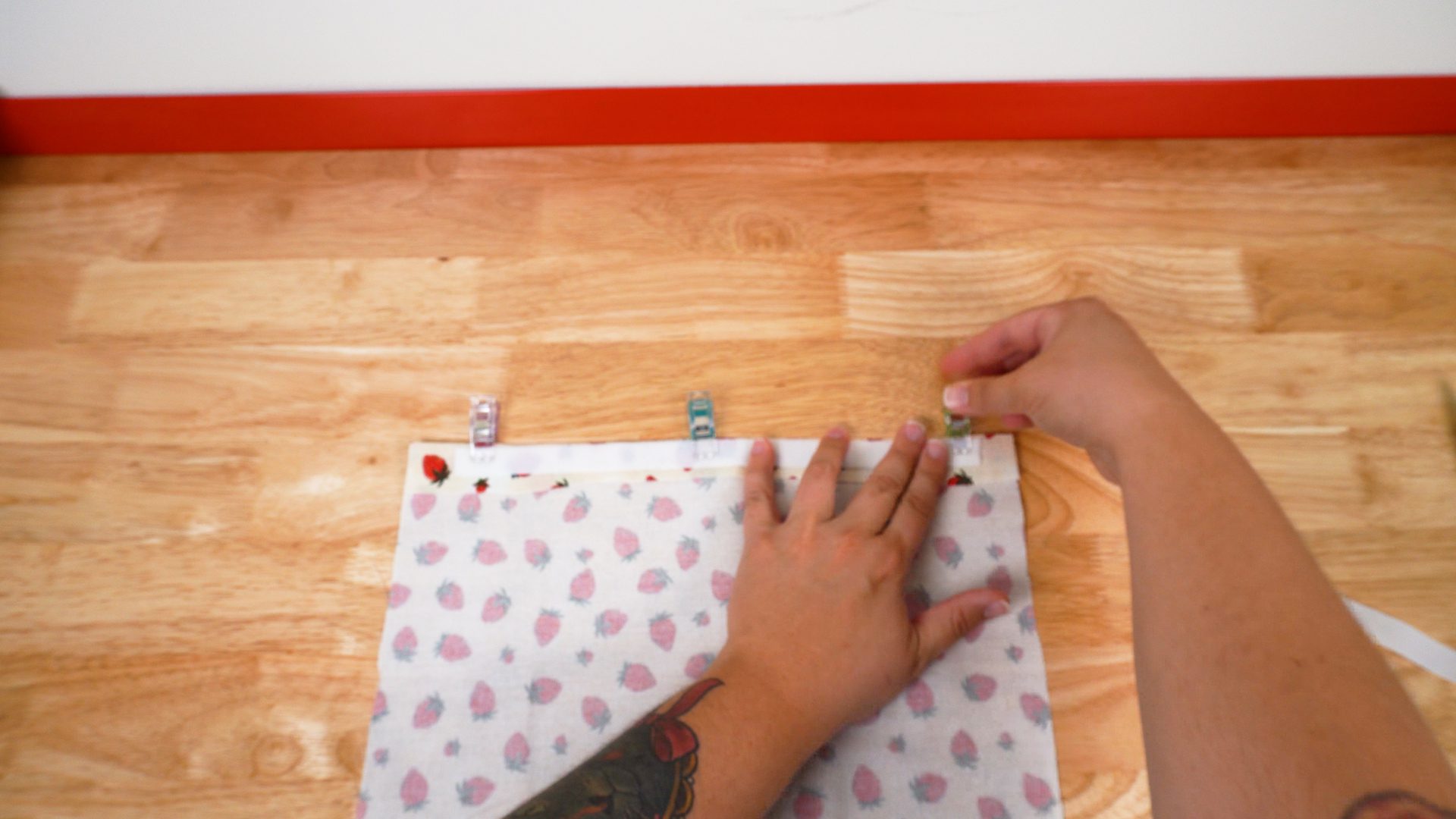
- Sew on the Fastener
Get your sewing machine ready! Sew around the edges of both pieces of VELCRO® Brand Sew On Tape to keep them in place. Make sure you’re sewing the fastener properly and it lines up perfectly for a snug fit.
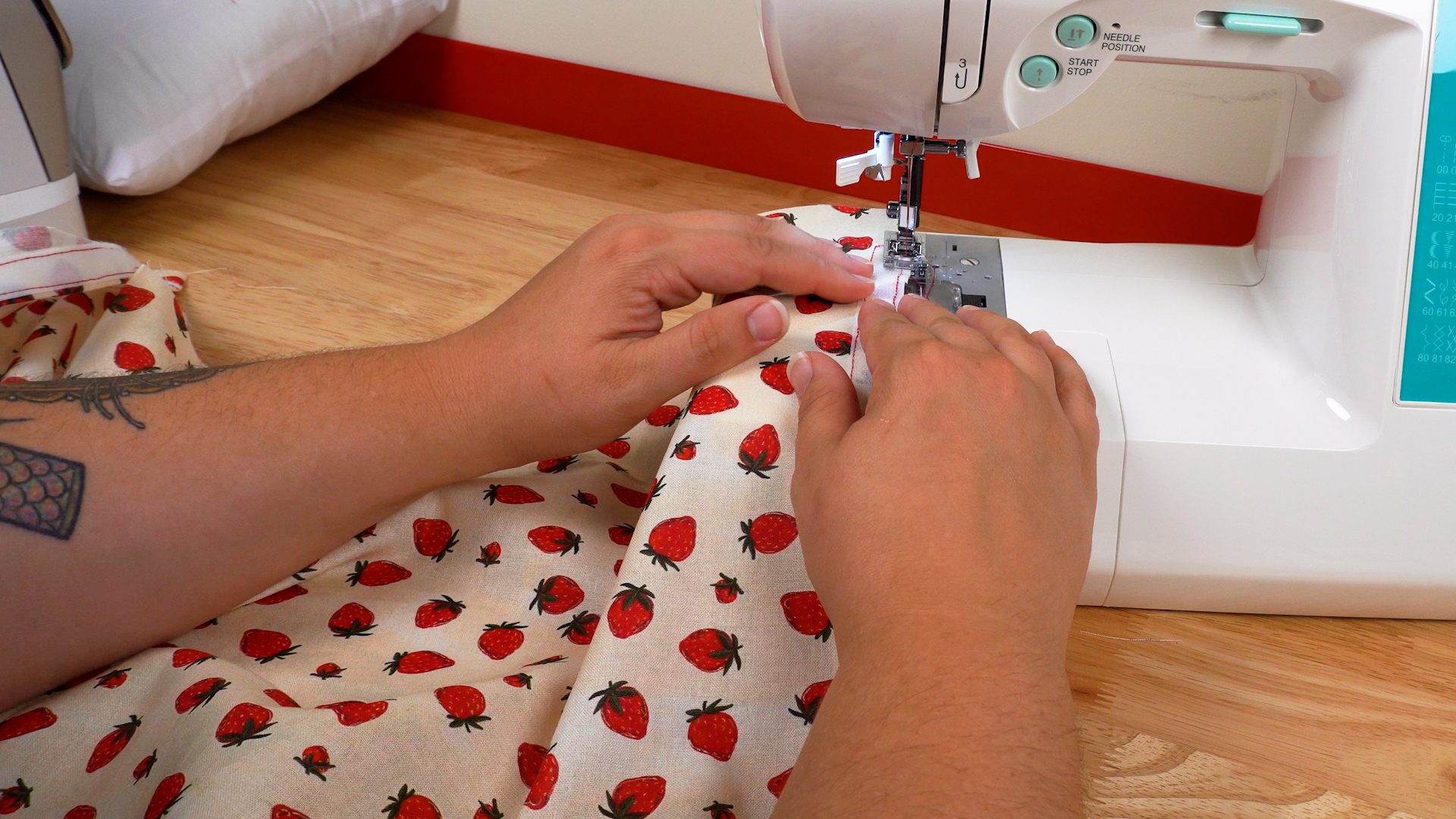
- Fold and Sew
Fold the fabric so the VELCRO® Brand Sew On Fasteners are facing each other with the right side of the fabric facing in.
Position the fastener a few inches below the top, then press and clip or iron the sides.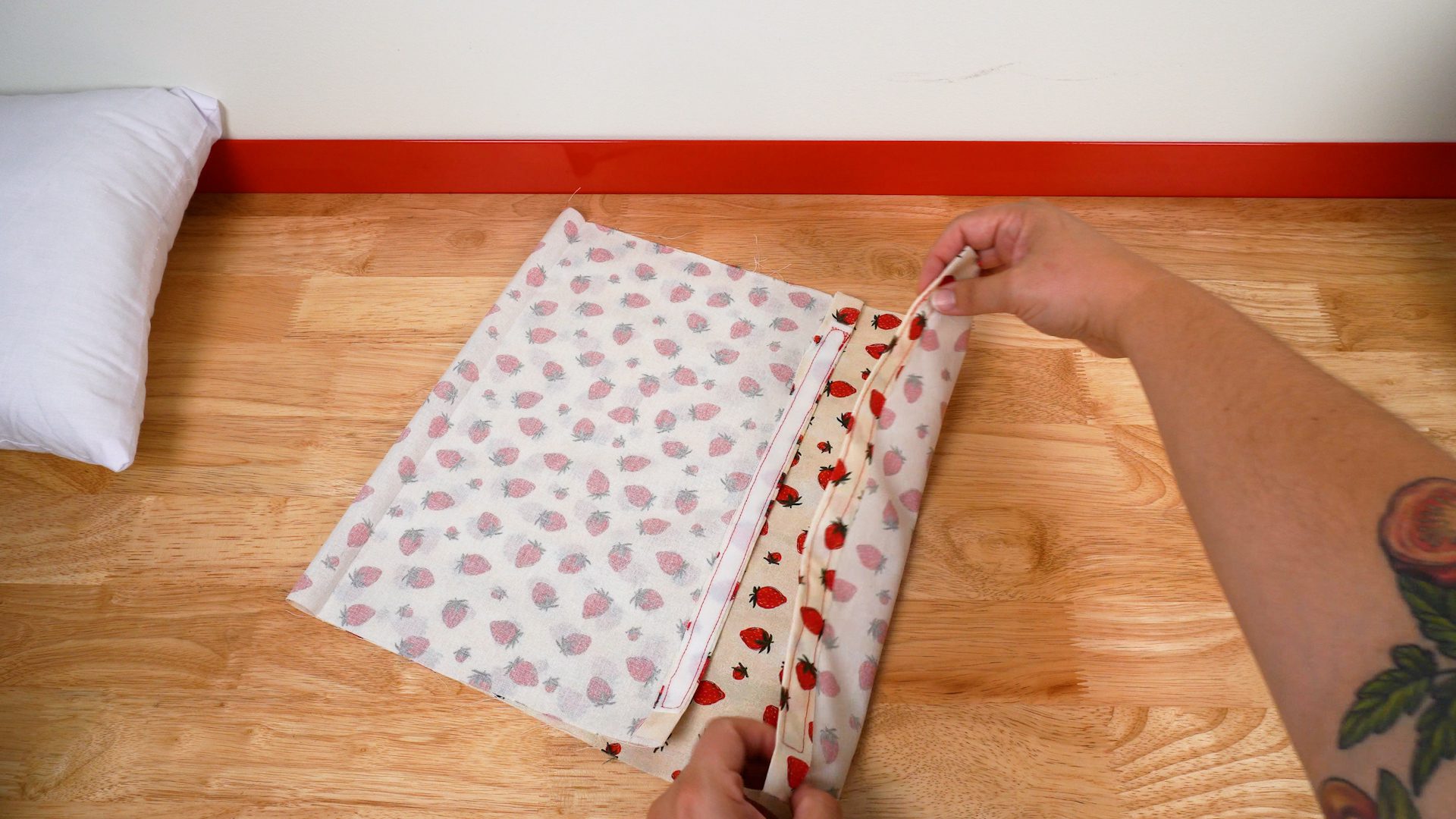
Sew down both sides to form the pillowcase.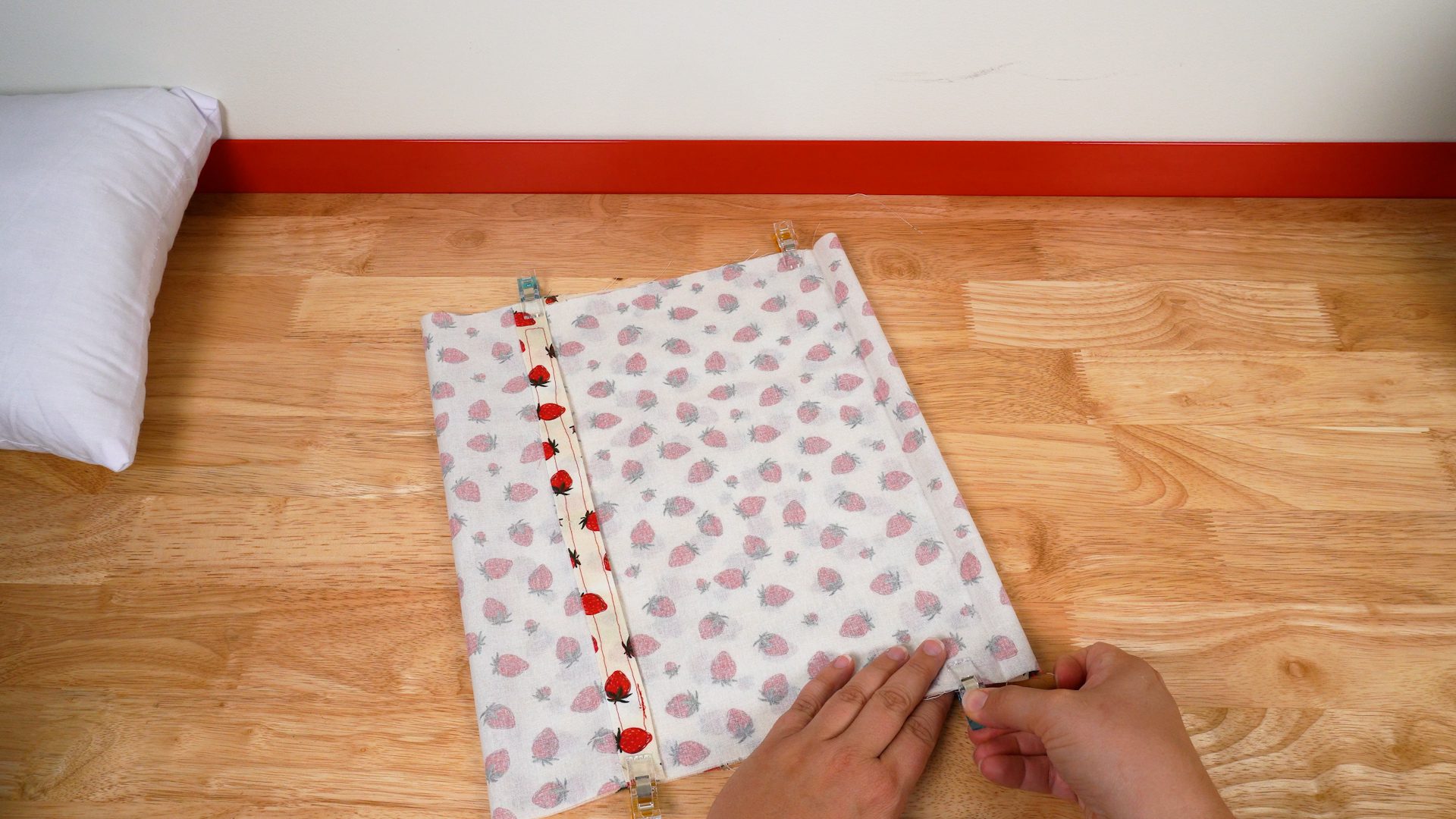
- Turn the Pillowcase
Unfasten the pillowcase and turn it right side out. Use a pencil or a similar tool to poke out the corners so they look crisp and clean.
- Stuff the Pillow Form
Time to give your pillow some fluff! Insert the pillow form into your new cover through the open gap and seal it up. Ta-da! You’ve got a fabulous new pillow cover ready to show off!
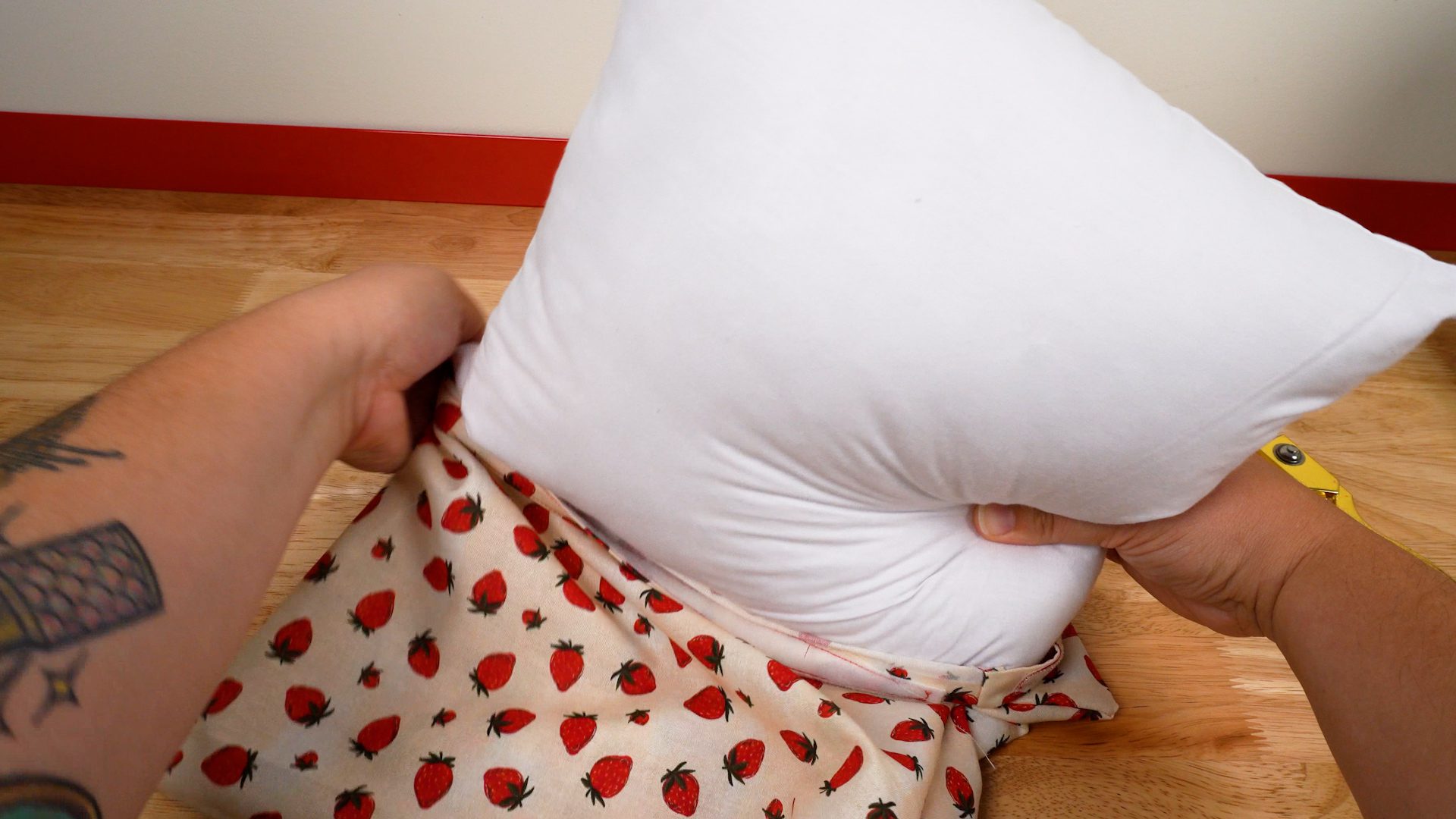
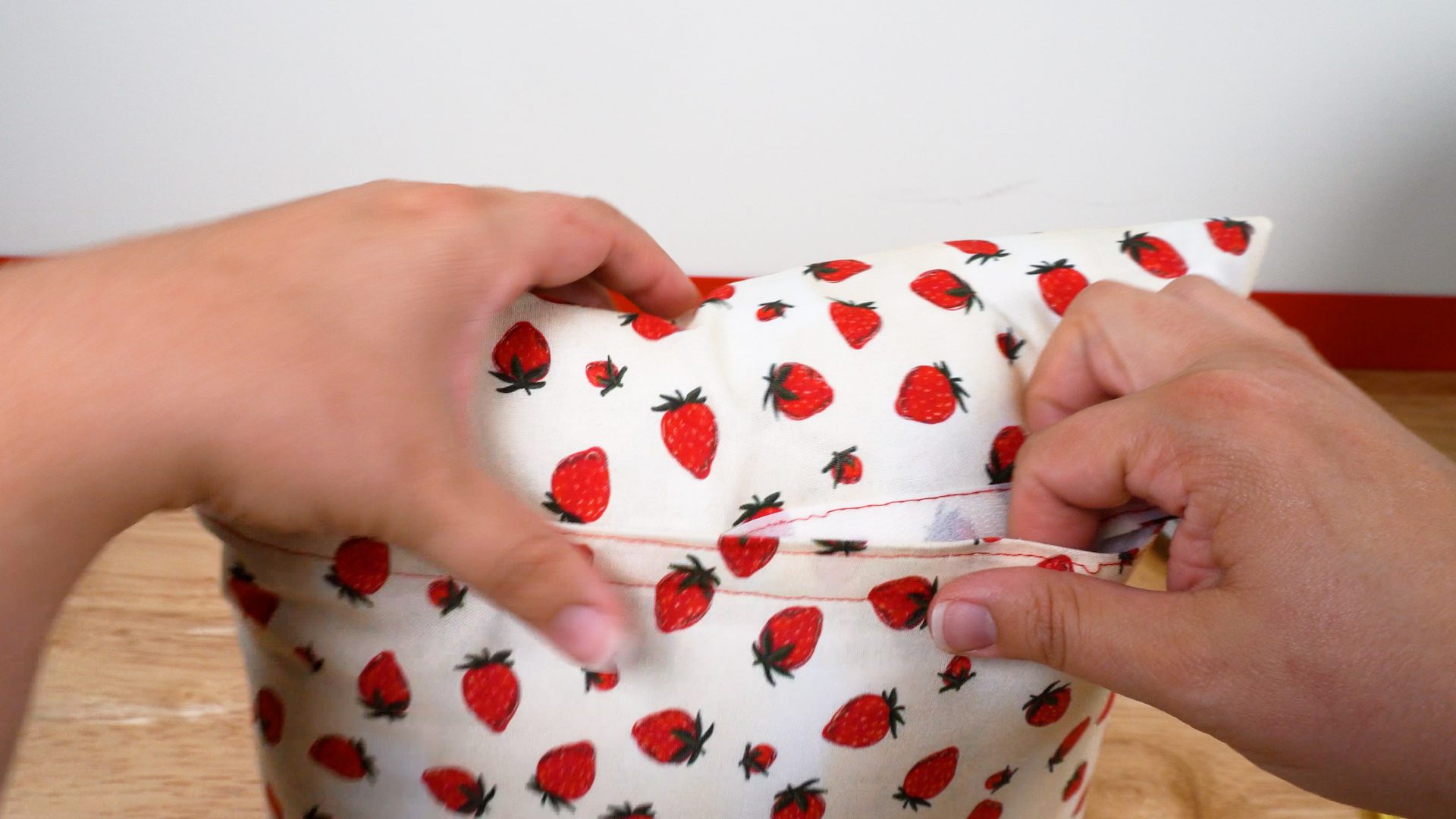
Adding the Final Touches
To make your pillow cover truly stand out, consider these additional ideas:
- Add Embellishments: Think pom-poms, tassels, or decorative stitching. These little details can elevate your DIY pillow covers from basic to fabulous.
- Mix and Match: Use different fabrics for a patchwork effect or create a set of coordinated covers for a cohesive look.
- Personalise: Use fabric markers or paint to add designs, monograms, or quotes to your decorative pillow covers.
With these tips and steps, you’re all set to tackle how to make a cover for a throw pillow.
Sewing pillow covers is a fantastic way to refresh your decor, express your style, and enjoy the satisfaction of a job well done. So, get started on your journey to stylish, custom pillows and watch your space transform!



